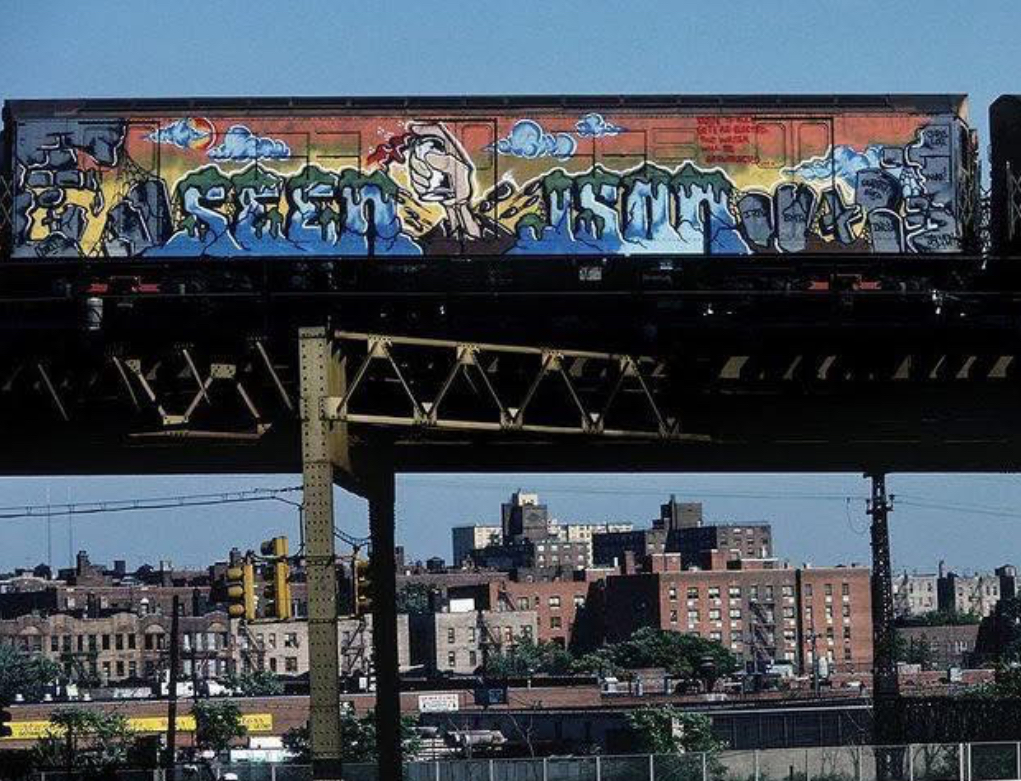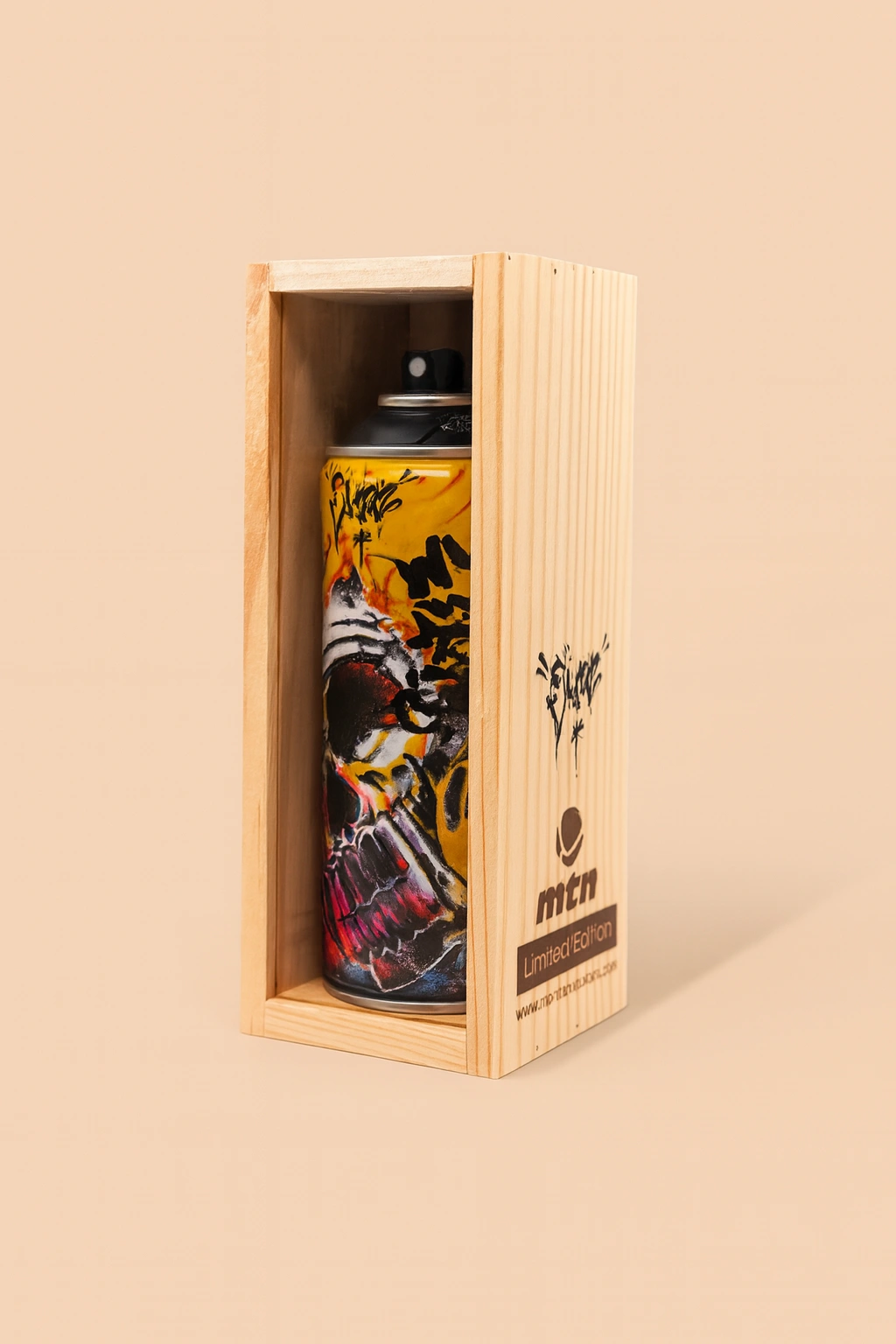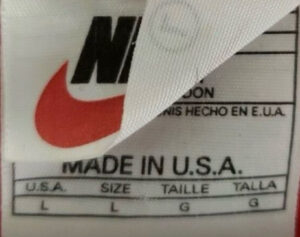The graffiti movement of the 1970s and 1980s in New York City was a vibrant tapestry of artistic expression, rebellion, and cultural evolution. Among the myriad artists who left an indelible mark on this era was J.SON, also known as TERROR161. His work, characterized by bold lettering and distinctive styles, captured the essence of urban artistry. Renowned photographer Martha Cooper, celebrated for her documentation of street art, immortalized TERROR161’s contributions, providing a visual narrative that continues to resonate.
The Emergence of TERROR161
J.SON began his graffiti journey in 1973 under the moniker TARANTULA 235, adorning the Riverdale section of the Bronx with his signature spider icon. By 1974, inspired by notable writers like JUNIOR and CAY 161, he adopted the name TERROR161. Alongside his crew, the Masters of Broadway (MOB), TERROR161 became a prominent figure in the graffiti scene, particularly known for his work on the One Line trains. His pieces, often numbered sequentially, showcased a commitment to the craft and a desire to leave a lasting impression on the city’s transit system.
Martha Cooper’s Photographic Chronicle
Martha Cooper’s foray into photographing graffiti was serendipitous. Initially capturing images of children at play in New York’s Lower East Side, she was introduced to the graffiti subculture through a young boy named Edward. This introduction led her to Dondi, a pivotal graffiti artist, and subsequently into the heart of the movement. Cooper’s lens documented the raw energy and creativity of artists like TERROR161, preserving moments that might have otherwise been ephemeral.
Collab Endeavors and Mutual Respect
The relationship between Cooper and TERROR161 was emblematic of the symbiotic bond between graffiti artists and documentarians. Cooper’s photographs not only showcased TERROR161’s artistry but also provided context to the environment and culture from which it emerged. Their collaboration extended beyond the streets; both participated in events and discussions that delved into the evolution and significance of graffiti. For instance, in December 2024, they were involved in the book launch of “Repainting Subway Art” by Tripl a.k.a. Furious, where Cooper and TERROR161 engaged in conversations moderated by Dr. Edward Birzin.
The Enduring Pressure of TERROR161
Beyond his work on the trains and walls of New York, TERROR161 contributed to the graffiti community through literature and education. His book, “Graffiti 365,” is an encyclopedic tome that offers insights into both street art and letter-based graffiti worldwide. This work underscores his dedication not only as a practitioner but also as a historian of the movement.
Martha Cooper’s Ongoing Influence
Cooper’s dedication to documenting street art has solidified her status as a pivotal figure in the art world. Her photographs have been exhibited globally, offering audiences a glimpse into the transformative power of graffiti. Her work serves as a bridge, connecting the raw, unfiltered expressions of street artists with the broader public, and ensuring that the narratives of artists like TERROR161 are preserved for posterity.
Impression
The collab between J.SON aka TERROR161 and Martha Cooper encapsulates a defining moment in art history, where underground movements began to gain mainstream recognition. Through Cooper’s lens, the world witnessed the vibrancy and significance of graffiti, and through TERROR161’s artistry, the streets of New York were transformed into canvases of cultural expression. Their combined legacy offers invaluable insights into the evolution of street art and its enduring impression on urban culture.
No comments yet.









